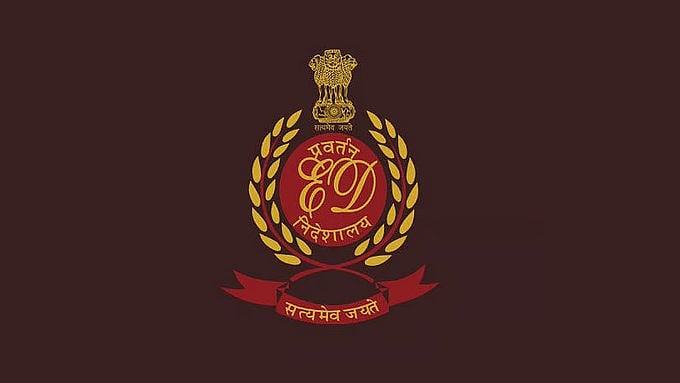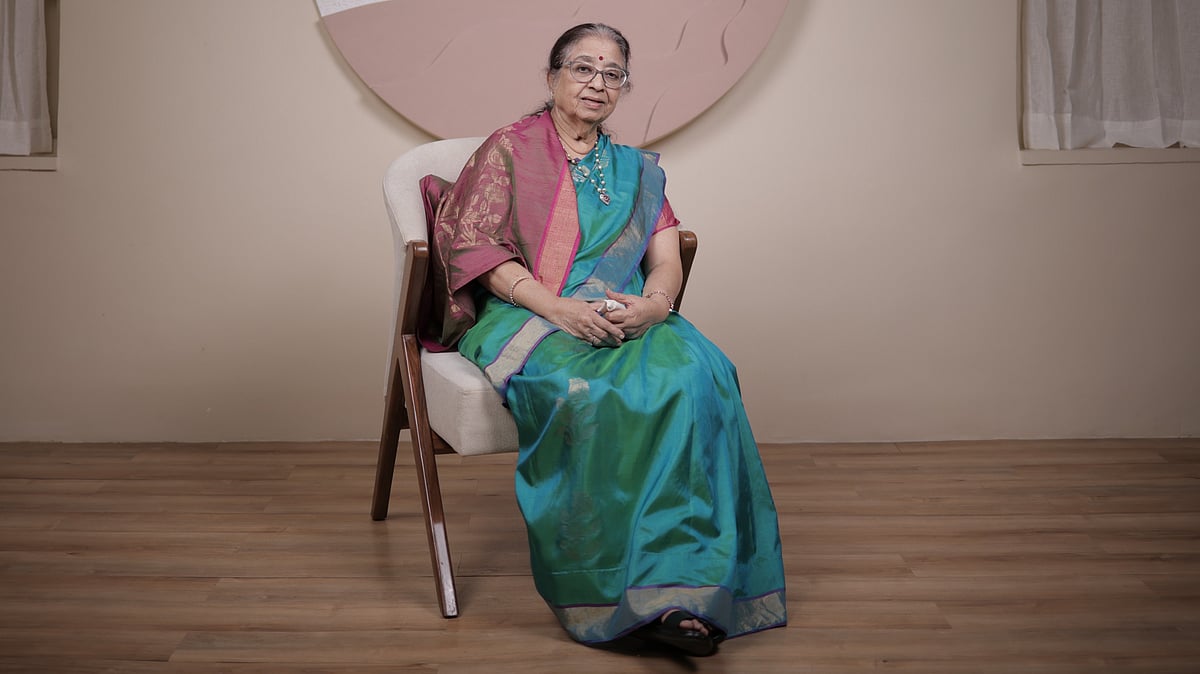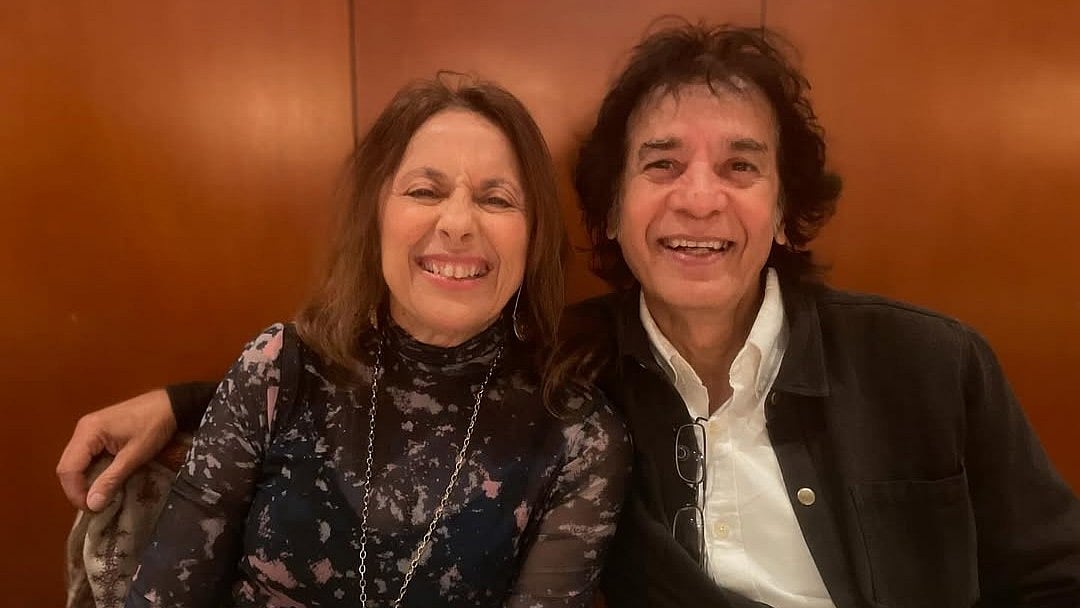According to the WTO (World Trade Organization), Geographical Indication (GI) Tag is ‘a form of intellectual property, a certification or sign or name given to certain goods/products that are unique to a particular geographical region or location’. The tag ensures the quality and essential attributes of the goods/products.
In India, there are over 400 GI tags, each ensuring that no one, other than those registered as authorised users, is allowed to use the popular product name. Darjeeling tea was the first Indian product to get a GI tag in 2005. “Uniqueness of a product is a big factor in getting geographical indication,” shares Satyadeep Singh, Advocate and GI expert. As part of the Trade-Related Aspects of Intellectual Property Rights (TRIPS) Agreement, he further explains that the country has to protect the rights of the product and intellectual properties. “When it comes to GI, a community is the patent holder, and the tag works towards protecting them.
“To apply for a GI tag, you need to identify the unique feature of your goods/products. See how it plays a specific role in the history and geography of the place and then make your application. The process of providing someone with a GI tag is similar to an investigation of a case. The authorities will check the features associated with your goods/products to see if they meet the minimum requirements. You will be asked to address a few concerns, if any. The documentation is a little cumbersome, but it’s worth it in the end,” he explains.
This leads to the next question — How does a GI tag help?
GI tags are as important as World Heritage Sites — we are showcasing our nation's heritage to the world. The idea is to preserve it and not let others take credit for our cultural heritage. Ideal example would be turmeric, which despite being an Indian home remedy and ayurvedic medicine has been lapped up by US by taking a GI and a patent for its medicinal properties before Indians were even aware of the process.
Hyderabad-based craftsman Dhanalakota Rakesh, who creates Cheriyal Paintings, an ancient folk art form from Telangana, shares his experience. “My family has been associated with this art form for decades. We depict stories in the form of pictures, and we saw a gradual decline in the demand for this art form. My father continued doing this work, getting recognition from the government. In 2018, we learned about GI tags, and the government pushed us to apply for it. I didn’t even know how to optimise it. However, we saw a renewed interest in our art over the years after GI. Corporates and the general public are now interested in this art form, and the GI tag gives it a seal of authenticity. We also have a lot of support from the government, especially the tourism department.”
In India, GI Tag is given by the Geographical Indication Registry (headquartered in Chennai) under the Geographical Indications of Goods (Registration and Protection) Act, 1999. The tag is valid for ten years and can be renewed. Karnataka has the highest number of GI tags, followed by Tamil Nadu.
While the GI tags work in creating a buzz around the product/art form, the process to get one needs a more structured approach. Hazaribagh-based Justin Imam is the founder of Virasat Trust and works for the protection, promotion and preservation of Sohrai Arts along with his wife, Alka. He opines that GI tags need to have a more holistic approach. “GI tags are a way for your state to showcase its novelty. Therefore, it is imperative that government bodies are aware of the art form to aid people in this process. We have dedicated ourselves to Sohrai Art, but it is not because we want to sell the art form and make money. Yes, it’s a good thing when people make a livelihood, but we also need to develop a framework where people appreciate the true value of the art form and ensure that it sustains for several more decades.”
Imam adds that a holistic view is necessary to ensure that the arts, and other products are protected. “We don’t want our art to be mere decor pieces. You can call me a critique of GI tags (laughs), but I say this because I know that our country has a vast treasure of products/art forms that can have their own GI tags. To make this happen, we need a better ecosystem where everyone, each state understands the value of each art/product,” he says.

India is a culturally rich country, we are still far behind in recognising the value of GI. “People get discouraged because of the time it takes for the tag to be approved (it can often take several years), and getting the documents in place is cumbersome. Apart from a faster process, we also need to recognise the people who work towards getting GI tags — not just for themselves but also for others — and ensuring that the country’s cultural heritage is preserved,” concludes advocate Singh.
Top ten GI-tagged Indian products/foods
1. Kashmir Saffron, Jammu & Kashmir
2. Sojat Mehndi, Rajasthan
3. Rasagola, Odisha
4. Gulbarga Tur Dal, Karnataka
5. Thanjavur Paintings, Tamil Nadu
6. Coorg Arabica Coffee, Karnataka
7. Alphonso Mango, Maharashtra
8. Khola Chilli, Goa
9. Kutch Embroidery, Gujarat
10. Kannauj Perfume, Uttar Pradesh













